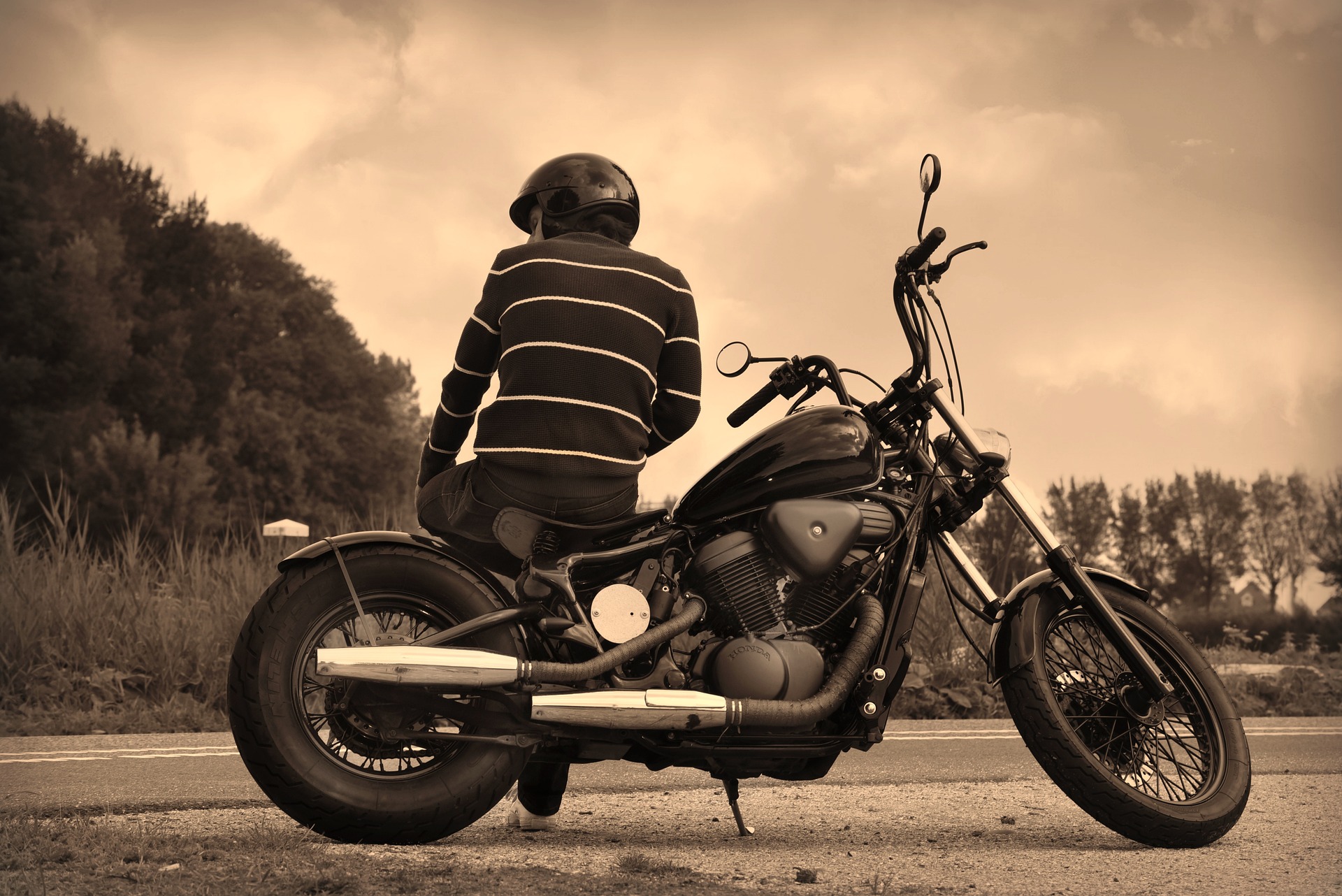Two-Wheel Freedom: Exploring Motorcycles & Motorbikes
Discover the excitement and practicality of motorcycles and motorbikes in this in-depth guide. Learn how different bike styles fit distinct riders, what to consider when choosing a model, the tech transforming two-wheel travel, essential safety gear, and ownership costs to help you ride smarter.

Two-Wheel Freedom: Exploring Motorcycles & Motorbikes
Motorcycles and motorbikes offer a mix of exhilaration, efficiency, and practicality that few other vehicles can match. Whether you crave the rush of speed, the comfort of long-haul cruising, or the versatility to tackle both pavement and dirt, there’s a two-wheeled machine built for your needs. This guide breaks down bike types, buying considerations, modern technology, safety essentials, and ownership expenses to help riders at every level make informed choices.
How different motorcycle types serve different riders
The motorcycle market is diverse, with distinct categories designed to match riding goals and environments. Sport bikes prioritize acceleration, precision handling, and aerodynamics. They suit riders who enjoy fast cornering and track days but often trade off long-distance comfort.
Cruisers emphasize relaxed ergonomics and classic styling. Lower seats, forward foot controls, and torque-rich engines make cruisers ideal for laid-back rides, short highway jaunts, and riders who value comfort and presence over outright speed.
Adventure bikes bridge the gap between on-road comfort and off-road capability. With taller suspension, upright seating, and long-travel travel suspension, they’re well-suited for mixed-surface journeys and riders who want to explore remote routes.
Touring motorcycles are purpose-built for covering long distances. These machines typically include large fuel tanks, extensive luggage options, and rider-focused comfort features such as heated grips, advanced wind protection, and ergonomic seats—perfect for cross-country travel.
Understanding these categories helps narrow choices based on how and where you intend to ride.
Key factors to weigh when choosing a motorbike
Picking the right bike involves practical and personal considerations. Engine displacement drives performance: smaller engines are easier to manage for novices and urban commuters, while larger displacements offer greater power for experienced riders and highway cruising.
Riding position affects comfort and control. An upright stance improves visibility and suits city traffic or long rides, while a forward-leaning position supports aggressive handling on sport bikes. Weight and seat height matter too—lighter bikes are easier to maneuver at low speeds and for tight traffic, whereas heavier bikes can feel more stable at highway speeds.
Other important factors include fuel efficiency and maintenance needs. Some bikes deliver excellent miles per gallon and lower fuel costs, but certain high-performance models require more frequent servicing and premium parts. Finally, evaluate built-in safety features—ABS, traction control, and rider modes can greatly improve safety and confidence on varied roads.
How technology is reshaping motorcycles
Advances in engineering and electronics have pushed motorcycles far beyond their mechanical roots. Electric motorcycles now offer emissions-free acceleration, low operating costs, and impressive instant torque. Battery range and charging infrastructure are improving rapidly, making electric options increasingly practical for daily use and commuting.
Connectivity is another major shift. Many modern bikes integrate with smartphones for turn-by-turn navigation, call and music control, and ride telemetry. Electronic rider aids have also matured: traction control, cornering ABS, and multiple power modes provide safer, more adaptable handling across conditions.
Manufacturers are experimenting with more futuristic tech as well. Self-balancing systems, AI-enhanced rider assistance, and semi-autonomous features are in development to lower the barrier to entry and reduce accident risk, potentially opening motorcycling to a broader audience.
Essential safety gear every rider should own
Safety should be non-negotiable for anyone on two wheels. A DOT- or ECE-certified helmet is the single most important item—invest in proper fit and protection. Jackets and pants constructed from abrasion-resistant textiles or leather, ideally with armor at the elbows, shoulders, and knees, increase survivability in a crash.
Gloves that protect palms and knuckles while maintaining dexterity are vital, and boots that cover the ankle offer crucial support and impact protection. Visibility aids such as reflective strips, high-visibility vests, or LED lighting improve detection by other road users, especially in low-light or adverse weather.
Regular training and practicing emergency maneuvers also complement protective equipment; skill development reduces crash risk and builds rider confidence.
Ownership costs compared to cars
Owning a motorcycle can be cost-effective in several ways, but total costs vary based on model, usage, and maintenance expectations. Motorcycles often have lower sticker prices and better fuel economy, yet they can incur similar or higher service costs depending on tire wear, oil changes, and the need for specialized parts.
| Expense Category | Motorcycle | Car |
|---|---|---|
| Initial Purchase | $5,000 - $15,000 | $20,000 - $35,000 |
| Fuel Efficiency | 35-60 mpg | 25-35 mpg |
| Insurance (Annual) | $200 - $1,000 | $500 - $1,500 |
| Maintenance (Annual) | $300 - $1,000 | $500 - $1,200 |
| Gear and Equipment | $500 - $2,000 | N/A |
Prices, rates, or cost estimates mentioned in this article are based on the latest available information but may change over time. Independent research is advised before making financial decisions.
Bringing it together: finding your ideal ride
Motorcycling combines freedom, efficiency, and a unique connection to the road. Whether you prioritize speed, comfort, adventure, or long-distance touring, there is a machine that fits your goals. Match bike type to intended use, factor in engine size and ergonomics, embrace helpful technologies, and never skimp on protective gear. With careful planning and informed choices, riding can be a safe, affordable, and deeply rewarding experience that continues to evolve with new innovations and broader accessibility.





